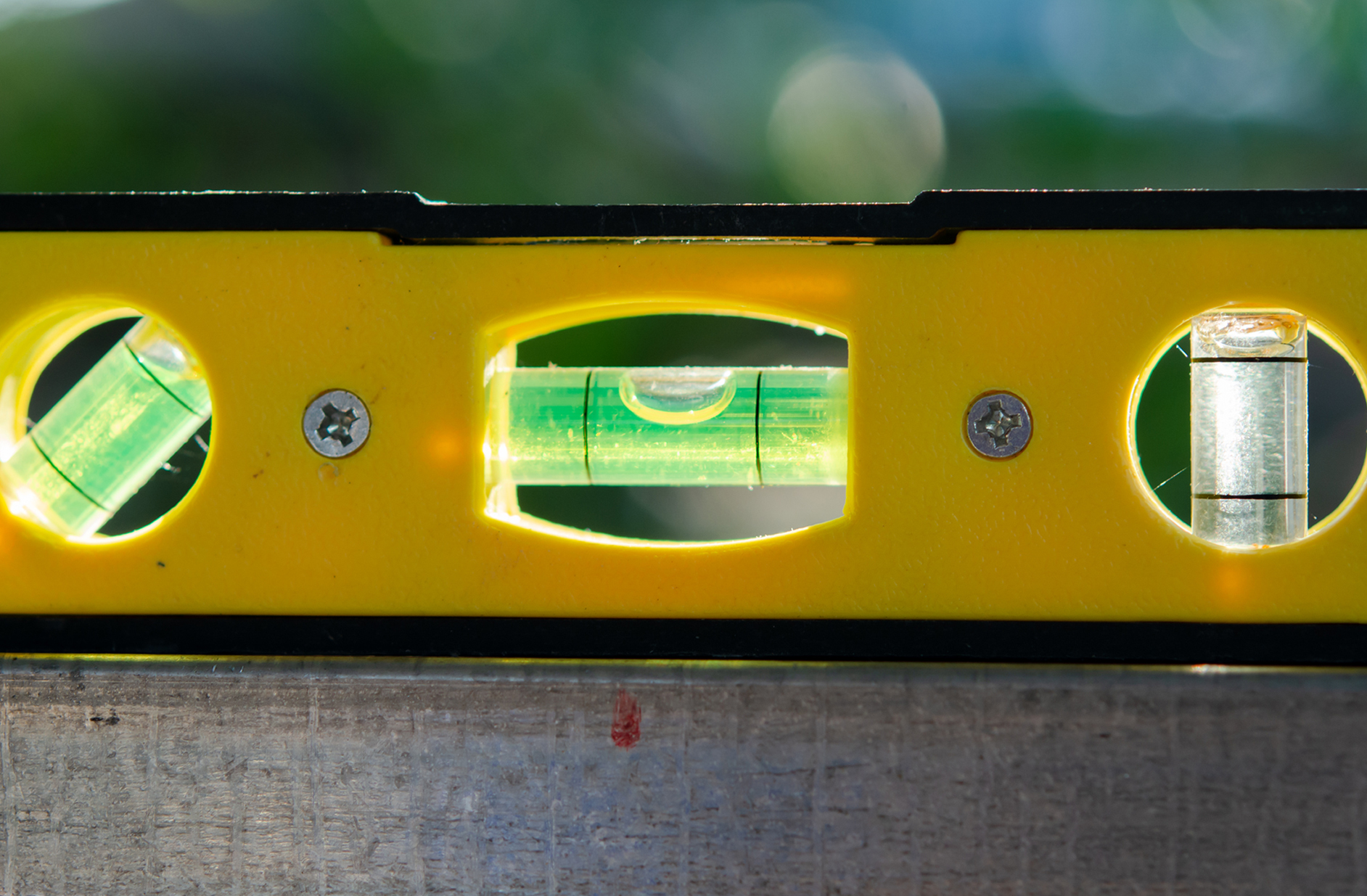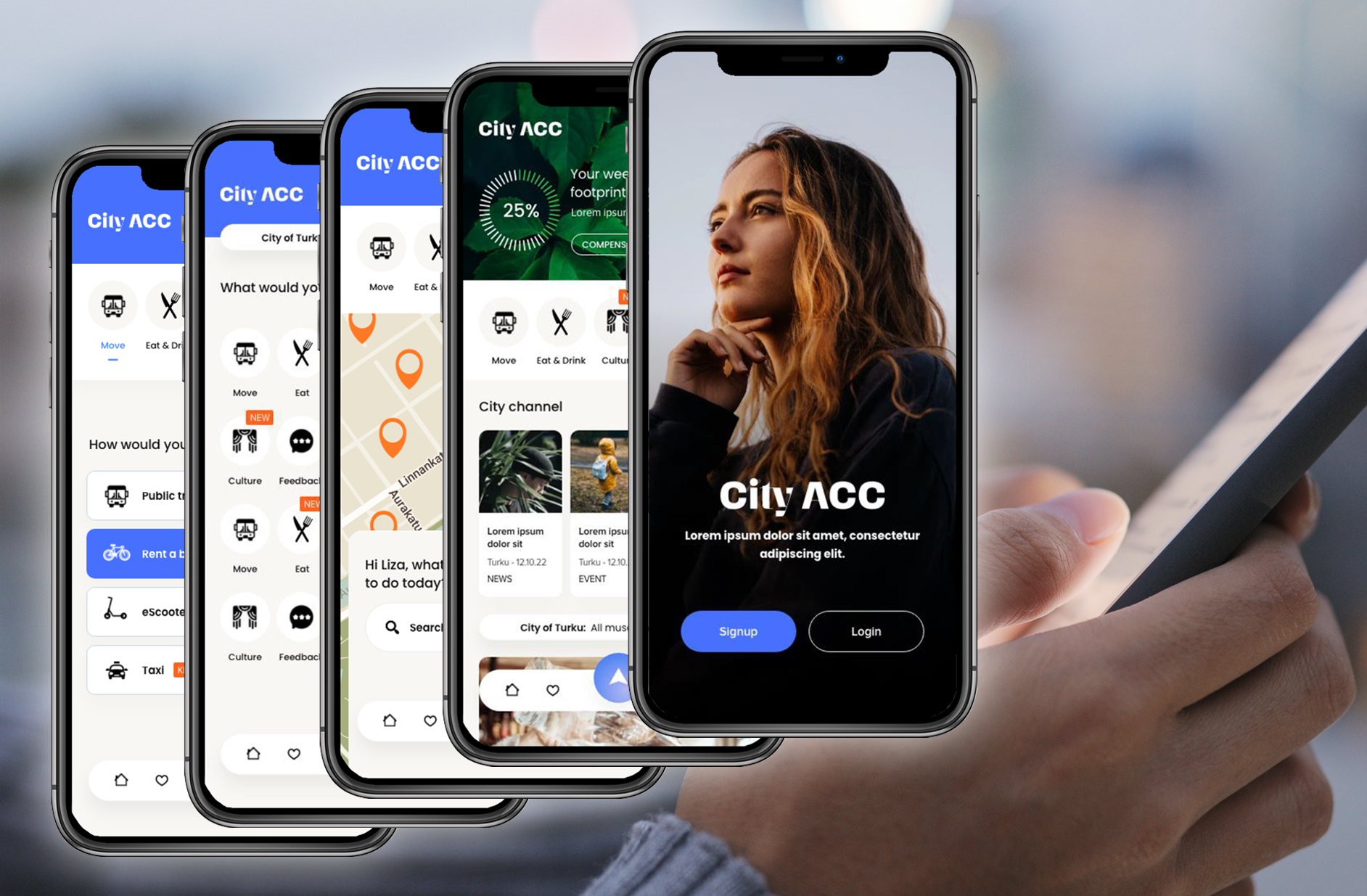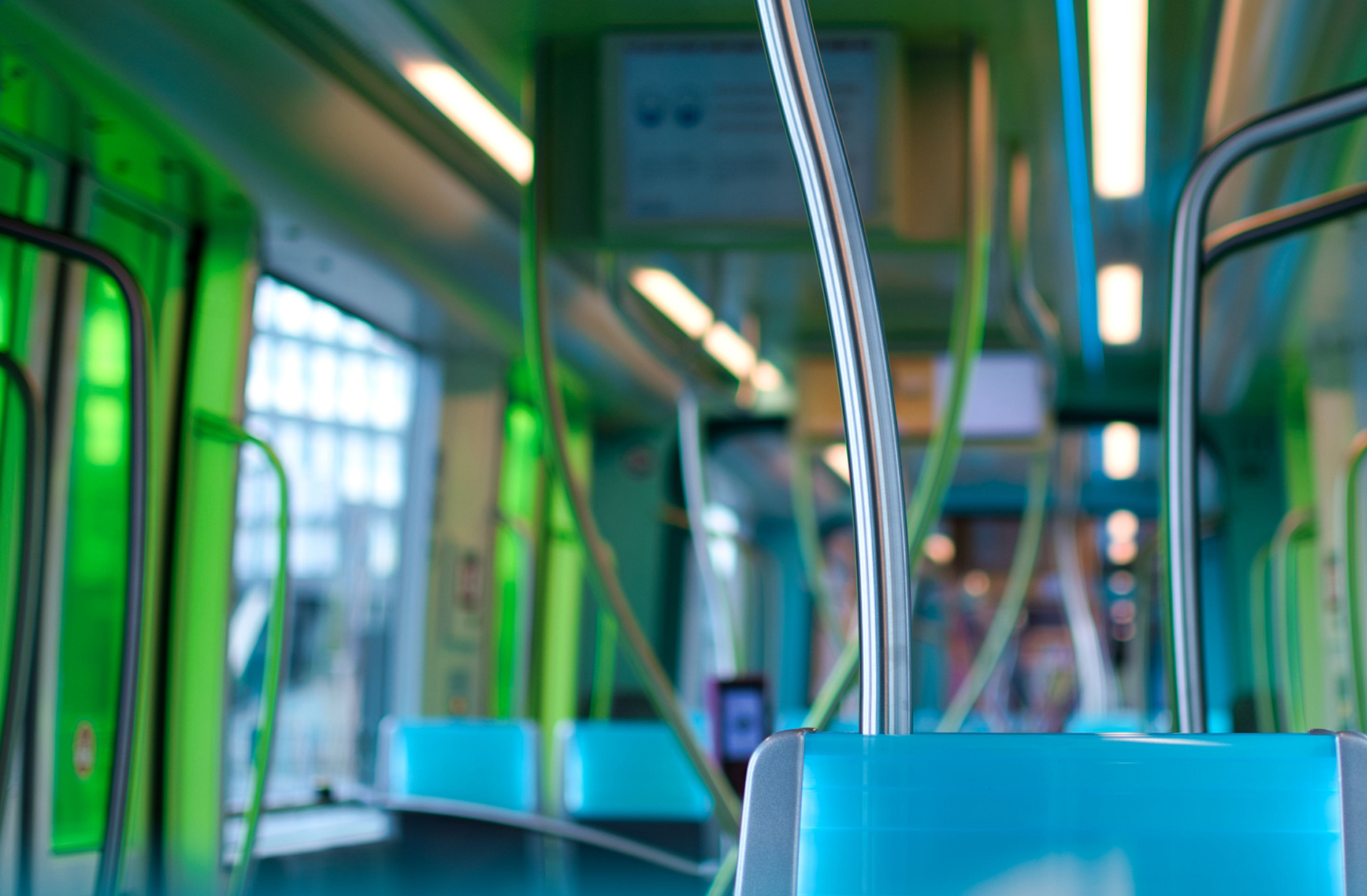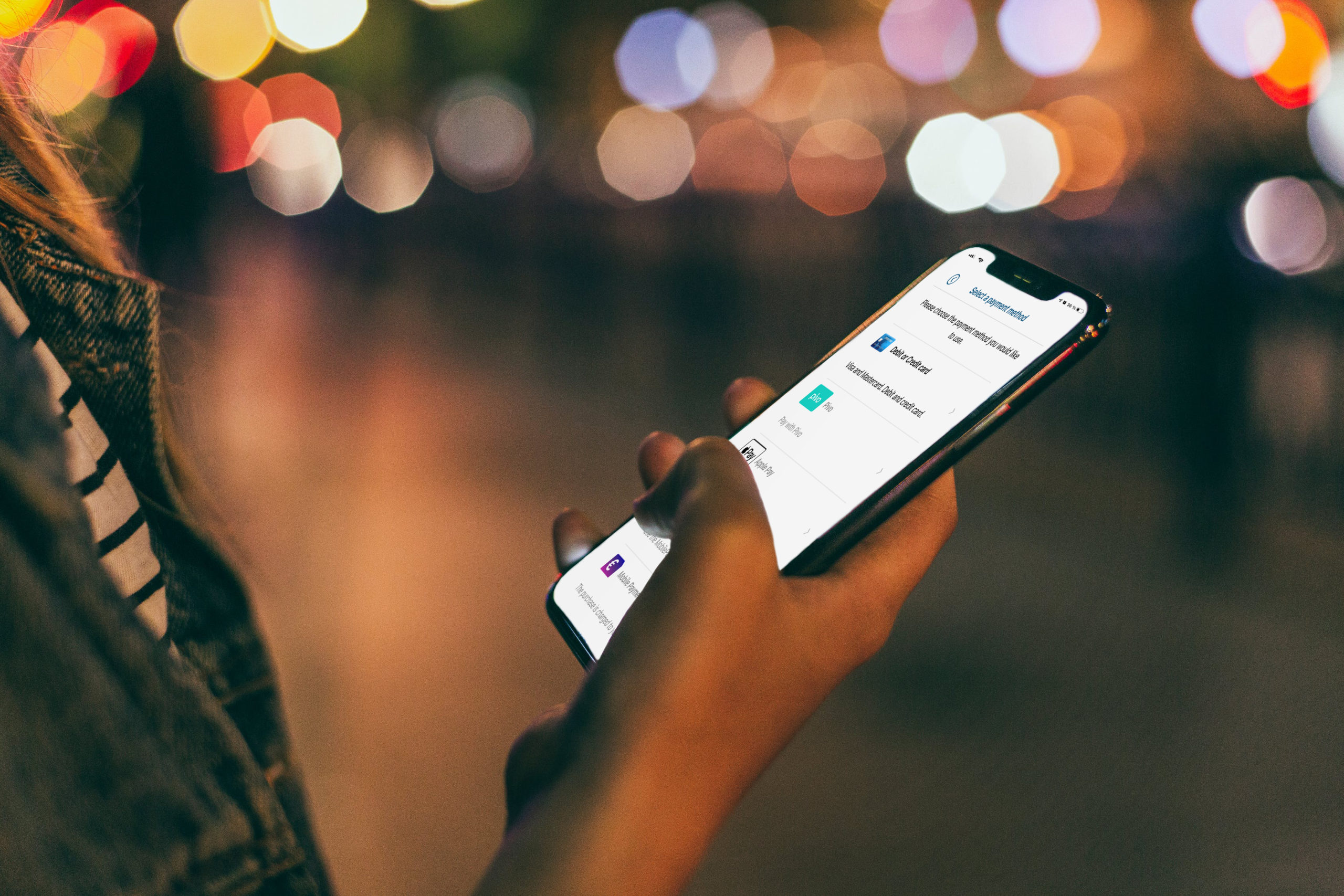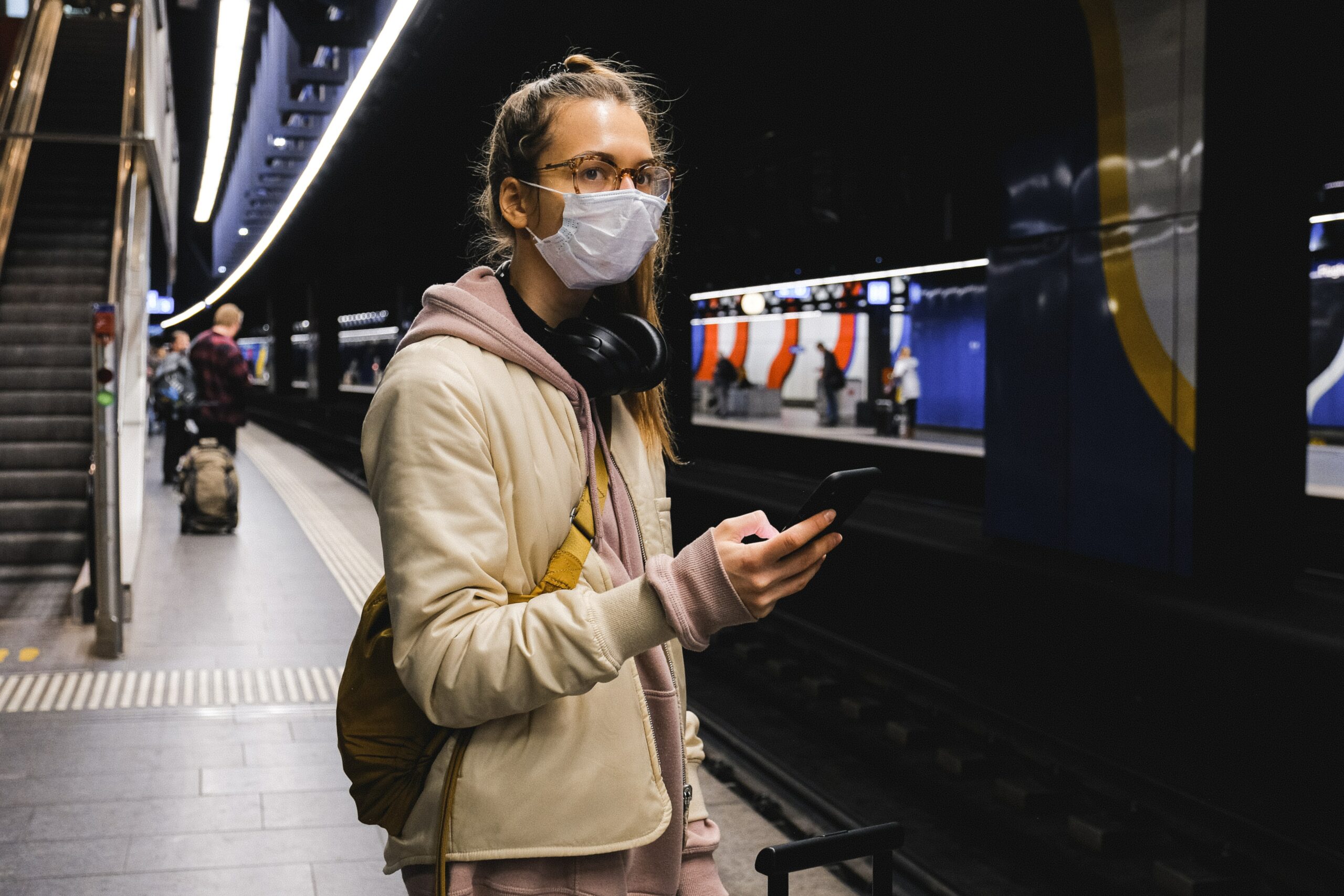By Timo Tuukkanen
COO of PayiQ
We still call the supercomputers in our pockets phones, although that is not how we use them much. Modern ticketing is a little bit like that. We can call it ticketing, but it is growing into something entirely different than a receipt for a single travel fare.
In the old world, the fare for a ride in the municipal transport system was often set by the city council. The price was the outcome of political horse-trading, not the production cost of the service. The price of a trip on a private service, a train or a bus, was determined by the production cost of moving the machine from A to B and getting people on and off, with some profit margin thrown on top. The first step towards digitalization was replacing a paper ticket with a digital copy that showed up on your device. To be able to link the picture on your screen to a payment that had taken place a QR code or other proof of the transaction was needed. Sometimes the QR code also assigned the holder to a specific seat. All of this required quite a lot of technology, but in the end it was just a ticket.
Today digital tickets and QR codes are a commodity: expected, easily available and not very interesting. The action is in digital ticketing platforms and what they can offer. When I talk to our clients, it is all about dynamic pricing, combining modes of transportation and using modern payment methods. The developing space is full of new concepts, names and acronyms like on-demand transportation (ODT) and account-based ticketing (ABT). At PayiQ we call what we do TaaS® (Ticketing-as-a-Service).
Contemporary ticketing is not about trips from A to B anymore, but rather about providing keys to access today’s complex travel systems. The key may have an hourly, a daily or a monthly price, or you may be charged later according to your usage. Unlike a paper ticket that was connected to a trip, a modern ticket is connected to a person. Therefore your ”ticket” is not so much a proof of payment anymore but rather proof that you are who you are and that you have access to the system – a key. Your keychain may be your phone, your credit card or perhaps your watch, or anything else that identifies you in the account-based system. In short, mobility is not about trips anymore, it’s all about access.
This paradigm shift opens up a whole new world of opportunities to both the customer and the service provider. The first is of course optimization. Cities today are super interested in systems that allow dynamic pricing and dynamic distribution of resources. When transport service providers are able to even out the peak hour load on the system, even somewhat, resources are in much smarter use. When they can make fast equipment allocation decisions based on live user data, the efficiency gains may be significant. And when people can easily decide what modes of transport to use depending on how much of a hurry they are in and how much they are willing to pay, it will have the same optimizing effect on the system as a whole.
The change also opens the local up to the global. Imagine entering a new city and not having to figure out buses, trams, metros and what have you, and their routes and schedules. With your electronic key you can have access to the whole system and live recommendations on how to get where you want to go.
The Ticketing as a Service approach also makes it easy to add new services to existing systems; transport and others. With a mobile reader wirelessly connected to the ticketing platform – a bit like a mobile credit card reader – you can easily add a new shuttle bus, a horse-drawn carriage, or services like commuter parking or car wash, to the menu.
The new world of ticketing, like with many technological changes, is already here, but still gaining momentum before breaking through. The strongest driver towards account-based ticketing is probably the competition between today’s leading cities. To stay attractive they have to cope with congestion, provide the best possible infrastructure and appeal to the future-minded. I think we can expect rapid development.


